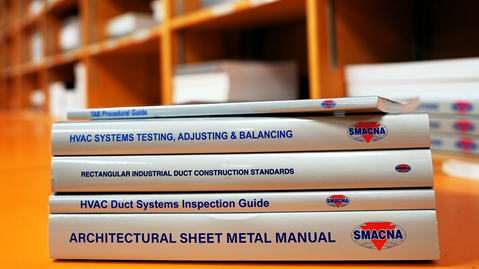If an apprentice is injured at a JATC training center: Who pays?
An employer’s workers’ compensation liability for apprentices typically consider three factors: the zone of “employment,” whether the injury is work-related, and the “coming and going” rule.
If an apprentice slips and falls in the JATC parking lot, who is liable? What if the apprentice gets cut handling sheet metal at the JATC? Is the JATC’s liability policy on the hook? Canthe apprentice make a claim against his or her employer’s workers’ compensation policy?
These are questions every training fund trustee needs to ask as well as every contractor whose apprentices attend classes at the JATC.
In some states, the answers are clear-cut because the law requires the JATC to provide coverage (Indiana), or the state has a fund covering apprentices in most cases where an injury occurs at the training center (Washington). Unfortunately, in many states, the law is not so settled.
Instead of having a clear rule, employers and their workers’ compensation carrier must look to the general principles governing when an injury would be covered by workers’ compensation, to determine whether an apprentice is covered while at a training center.
Generally, workers’ compensation laws look to three factors: the zone of “employment,” whether the injury is work-related, and the “coming and going” rule. Keep in mind, state courts vary in their interpretation of these factors. The discussion below is accordingly general in nature.
In determining workers’ compensation coverage, the “zone of employment” is generally considered the employer’s premises, which includes (but is not limited to) the facilities, parking lot, and sidewalks owned or controlledby the employer.
Under the “coming and going” rule, if an employee is injured while commuting to and from a fixed site of employment, this would not be a workers’ compensation injury.
The work related factor often translates to whether the injury occurred “in the course of” employment. This element limits compensable injuries to those sustained by an employee while performing a required duty in the employer’s service. It refers to the time, place, and circumstances of the injury.
To be entitled to workers’ compensation, an employee need not necessarily be injured in the actual performance of work for his employer. In some states, time spent training at a JATC is viewed as being “in the course of employment” because the training is required in order to continue their employment.
It is important to note that most employees will be covered, even if work is undertaken off the employer's premises. Since workers' compensation law involves strict liability rather than depending on determination of fault, the lack of control of an outside environment by the employer does not influence an employer's responsibility to provide workers’ compensation for that situation.
In light of the state law-specific nature of workers’ compensation, we recommend that contractors speak with local counsel or their workers’ compensation carrier to ascertain whether their policies cover an apprentice injured at a training facility.
If your workers’ compensation coverage does extend to training received at a JATC, contractors may wish to ask their JATC trustees to ensure there are strong safety policies and practices at the training center.
Additionally, contractors should request that the training centers’ practices include immediately notifying an employer when one of their apprentices is injured at the facility as well as detailed documentation of the injury and the circumstances involved in the injury sufficient for the employer’s workers’ compensation carrier to make a claims determination.
CONTENT REVIEWED:

Technical Standards
Shop the SMACNA bookstore for all technical standards, including the most recent editions and recently revised manuals.
Shop Now